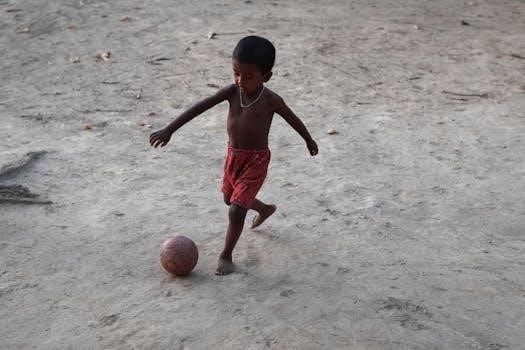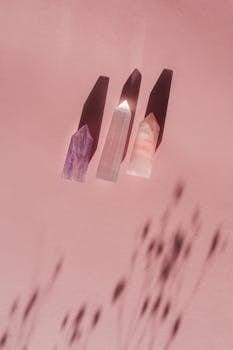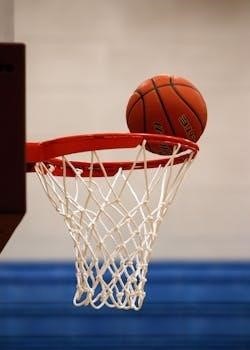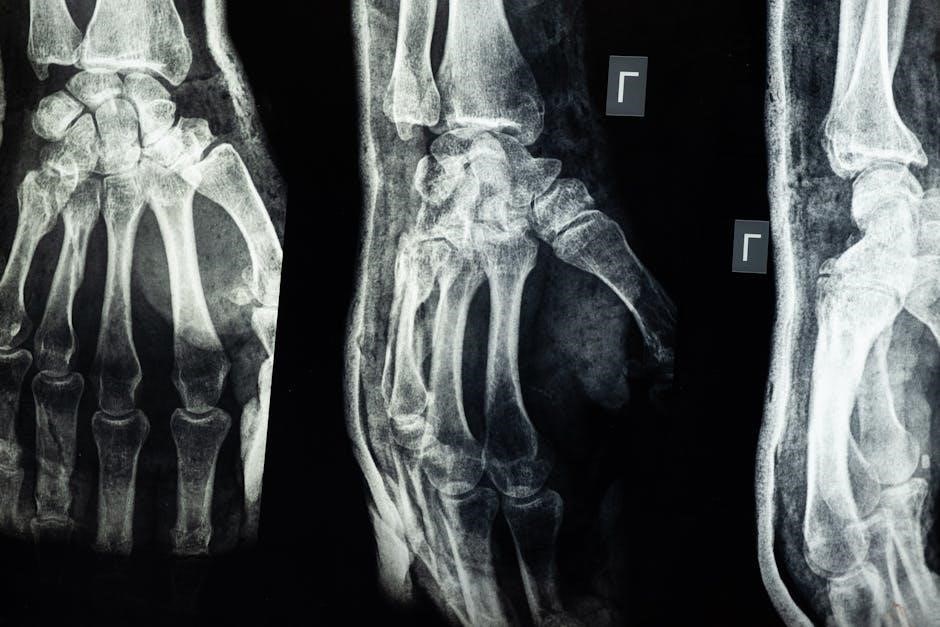This section introduces the world of gaga ball pit plans. Discover how to create the perfect space for this fast-paced‚ engaging game. We will explore various designs‚ sizes‚ and material options. Get ready to build your own gaga pit!
What is Gaga Ball?
Gaga ball is a dynamic and inclusive sport played within an enclosed pit. It’s a variation of dodgeball‚ but instead of throwing the ball at opponents‚ players use their hands to strike the ball at or below the knees of other participants. The objective is to be the last person remaining in the pit. This fast-paced game requires agility‚ quick reflexes‚ and strategic thinking‚ making it a fun and engaging activity for all ages. The game promotes physical activity and social interaction‚ often enjoyed in playgrounds‚ camps‚ and school settings. With its simple rules‚ gaga ball is easy to learn‚ yet offers a challenging and exciting experience. Its popularity stems from its accessibility and the quick rounds‚ keeping everyone involved and entertained. The game’s simple yet engaging nature ensures that even new players can quickly join in the fun‚ adding to its widespread appeal and making it a great choice for group activities. The use of an enclosed pit adds an element of containment and focused play.

Gaga Ball Pit Basics
Understanding the fundamentals of a gaga ball pit is crucial for planning. This section covers typical shapes‚ sizes‚ and essential features. These details will help you create the ideal playing arena.
Standard Gaga Pit Shapes
Gaga ball pits primarily utilize two standard shapes⁚ the octagon and the circle. The octagonal shape is very popular and often considered the classic design‚ featuring eight equal sides that provide a balanced playing field. This shape is beneficial because it is easy to construct with readily available materials‚ such as pressure-treated lumber. The corners create distinct boundaries‚ which are helpful in gameplay. A circular pit‚ while less common‚ offers a continuous playing surface without corners. This shape is sometimes preferred for its aesthetic appeal and can be built using flexible materials. However‚ it may present some challenges in construction and defining boundaries compared to the octagon. Each shape has its own benefits‚ so the selection often depends on available space‚ materials‚ and personal preference. Both designs aim to offer a safe and engaging environment for gaga ball.
Common Gaga Pit Sizes
Gaga ball pits come in various sizes to accommodate different groups of players. The official size is often cited as a 26 x 26 foot area‚ which is designed to comfortably hold around 28 kids. However‚ other common dimensions exist to fit varied playing needs. Smaller pits‚ such as 15 x 18 feet‚ are perfect for about 12 kids‚ while a 20 x 22 foot pit can hold roughly 20 players. Larger groups might require a 36 x 36 foot pit‚ which can fit up to 44 kids. The most common size‚ however‚ is generally between 15 and 26 feet across. The choice of size depends on the number of players and available space. A pit’s size impacts gameplay‚ with larger pits allowing more running and dodging‚ and smaller pits encouraging faster and more enclosed play.
Gaga Ball Pit Construction
This section covers the building process of a gaga ball pit. We’ll explore necessary materials‚ and provide detailed plans and dimensions. Learn how to construct a durable and safe gaga pit for all to enjoy.
Materials Needed for Construction
Constructing a gaga ball pit requires careful selection of materials to ensure durability and safety. For the walls‚ pressure-treated lumber‚ such as 4×4 or 2×12 boards‚ is recommended‚ with lengths depending on the desired pit size. An octagonal pit typically uses eight sections of timber. You’ll need screws or bolts for secure assembly‚ along with metal brackets to reinforce the corners. Consider using outdoor-grade materials to withstand weather conditions. For the pit floor‚ options include compacted gravel‚ wood chips‚ or even artificial turf‚ which provides a softer playing surface. Don’t forget measuring tools‚ a saw‚ a drill‚ and safety gear like gloves and eye protection. Depending on the design‚ you might need additional materials for portable options or custom features. Remember to obtain the correct amount of lumber for your desired dimensions‚ as this can impact the final size of the construction. The materials used play a vital role in the longevity of the gaga ball pit.
Detailed Plans and Dimensions
Detailed gaga ball pit plans often specify dimensions‚ crucial for construction. Common sizes include official pits‚ 26×26 feet‚ ideal for up to 28 kids. Smaller options like 15×18 feet suit around 12 kids‚ while larger 36×36 feet pits accommodate about 44 players. Octagonal pits are popular‚ with side lengths ranging from 6 to 8 feet. An 8-foot side will result in a pit with an approximate 14.5ft interior diameter‚ while a 10-foot side leads to an 18ft diameter. Plans usually outline lumber lengths needed‚ for example‚ twelve 2x12x8ft boards for an 8-foot side. Diagrams often show the layout of the boards‚ how to join them‚ and the height of the walls. Some plans also show how to build a portable gaga pit. These detailed plans assist in accurately constructing the gaga ball pit and are needed to ensure that the pit meets space and player needs. Pay careful attention to all dimensions before starting.

Specific Gaga Pit Plans
This section focuses on particular gaga pit designs. We’ll delve into octagonal pit construction‚ exploring precise dimensions. Additionally‚ we’ll review portable gaga pit options‚ offering versatile solutions for varied spaces and needs.
Octagonal Pit Construction Plans
Constructing an octagonal gaga pit involves careful planning and precise measurements. A common approach uses pressure-treated lumber‚ such as 4×4 posts‚ to form the eight sides. The standard size for an octagonal pit is often around 20 feet in diameter‚ but this can be adjusted to fit the available space and the age of the players. For instance‚ a pit with sides between 6 and 8 feet is recommended‚ as this allows for sufficient playing area. These dimensions typically result in an interior diameter of approximately 14.5 to 18 feet depending on the side length. The plans usually specify the exact length of each side and the angles at which they should be joined. The materials list often includes lumber‚ screws‚ and possibly corner brackets for added stability. Following a detailed plan ensures that the octagon is symmetrical and the pit is safe and fun for players of all ages. Remember‚ proper construction is essential for the longevity and safe use of your gaga pit.
Portable Gaga Pit Options
For those seeking flexibility‚ portable gaga pits are an excellent solution. These pits are designed for easy setup‚ dismantling‚ and storage‚ making them ideal for locations where a permanent structure isn’t feasible. Portable options often utilize lightweight materials such as premium Oxford cloth or modular panels that can be quickly assembled and disassembled. The dimensions of portable gaga pits can vary‚ but many are designed to fit within a 30 x 48 x 25 storage area when not in use. Some models come with a carrying bag‚ further enhancing their portability. These pits are perfect for schools‚ camps‚ or events that require a temporary gaga ball setup. The designs prioritize ease of use and durability‚ ensuring that the pit can withstand repeated assembly and disassembly. Portable pits often offer the same fun and engaging gameplay as their permanent counterparts.

Gaga Pit Variations
This section explores the different ways to customize gaga ball pits. Learn about adjusting sizes for various age groups. Also‚ discover creative design ideas to make your pit unique.
Adjusting Pit Size for Age Groups
When planning a gaga ball pit‚ it’s crucial to consider the age groups that will be using it. A pit that’s perfect for older kids might be overwhelming for younger ones‚ and vice versa. For younger children‚ a smaller pit with sides between 6 and 8 feet is often recommended‚ ensuring they can move comfortably without feeling lost. This scaled-down size allows for easier gameplay and keeps the action more contained. Conversely‚ older children and adults require larger spaces to accommodate more players and allow for more dynamic movement.
A standard size of 26 x 26 feet‚ which can accommodate up to 28 kids‚ is a good starting point for mixed-age groups. However‚ consider a larger pit like a 36 x 36-foot option for larger groups‚ which can hold up to 44 players. Furthermore‚ smaller options such as 15 x 18 feet suitable for about 12 players are also popular for smaller groups or younger children. The diameter of the pit should also be considered‚ with larger diameters allowing for more space to move around in. The goal is to match the pit to the players for maximum fun and engagement.
Customization and Design Ideas
Beyond standard sizes and shapes‚ there’s a whole realm of possibilities for customizing your gaga ball pit. Consider adding vibrant colors to the pit walls‚ maybe even using different colors for each section of an octagonal pit to make gameplay more engaging. You could also incorporate logos‚ or even educational elements. The use of different materials can add interesting visual and tactile elements. For example‚ using a premium Oxford cloth for the pit walls could provide a softer surface while maintaining durability.
Thinking about portability can lead to unique design choices. A portable gaga pit can be made from lightweight materials. Consider a design that is easy to assemble and dismantle for storage and relocation. Another idea is to add seating or viewing areas around the pit‚ which enhances the overall experience. Remember‚ the design of the gaga pit can be tailored to match your specific needs.

Gaga Ball Pit Safety
Prioritizing safety is crucial when constructing and maintaining gaga ball pits. This section will cover essential safety considerations. We will discuss materials‚ construction methods‚ and regular upkeep to ensure a safe playing environment.
Safety Considerations During Construction
Building a gaga ball pit requires careful attention to safety. Firstly‚ always wear appropriate personal protective equipment‚ including safety glasses and gloves‚ to protect against splinters and sharp edges. When cutting lumber‚ ensure a stable work surface and use tools correctly to prevent accidents. When using pressure treated lumber‚ consider if it is safe for your local requirements and any potential chemical exposure. Avoid using damaged or warped lumber as this may lead to structural weaknesses. Check all the dimensions and measurements twice to ensure precise fit‚ which prevents instability. Ensure that all screws and bolts are firmly tightened to avoid any loose parts during construction. For portable gaga pit options‚ be sure that the locking mechanism is secured before play‚ and that all parts of the structure are securely assembled. When using a ProWall system‚ be sure that the walls are secured tightly to each other‚ and be aware that the walls have the potential to move during play. Finally‚ be mindful of the surrounding area‚ keeping it clear of obstructions and debris. Proper planning and execution will lead to a safe and enjoyable gaga ball pit for all.
Maintenance and Upkeep of Gaga Pits
Regular maintenance is crucial to ensure the longevity and safety of your gaga ball pit. Conduct routine inspections of the pit‚ checking for loose screws‚ splinters‚ or any damaged boards. Address any issues immediately to prevent potential injuries. For wooden pits‚ applying a sealant or stain can protect against weather damage and wood rot‚ extending the pit’s lifespan. If you have a ProWall system or a portable pit‚ ensure all connections remain secure and are free of damage. Keep the interior of the pit clear of debris and sharp objects that could cause injury. Check for damage and repair any tears or rips in portable gaga pits. If your pit is on grass‚ trim the edges regularly to prevent it from growing into the structure. Proper upkeep will not only extend the life of your pit but also ensure a safe playing environment for everyone. Remember to clean the pit periodically to prevent dirt buildup and maintain its appearance. Store portable pits properly when not in use to avoid damage or weathering.



